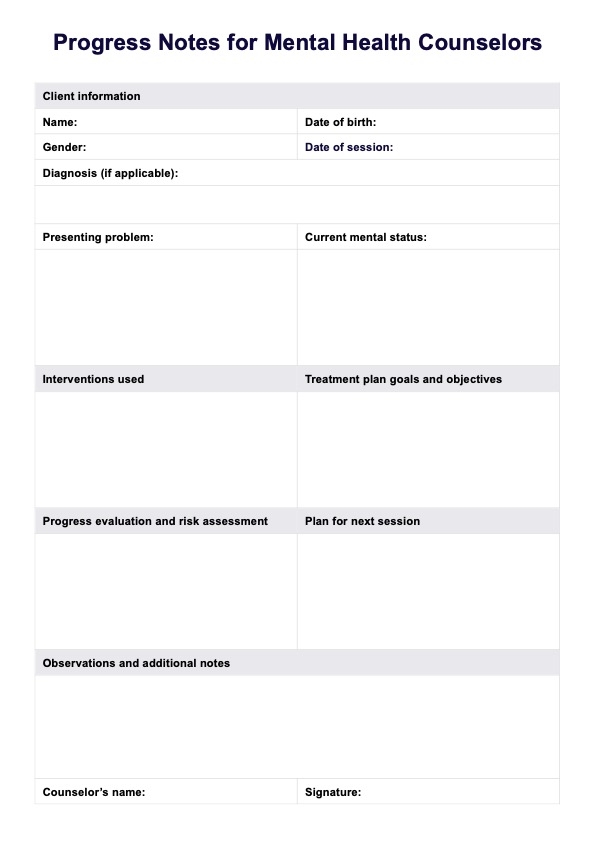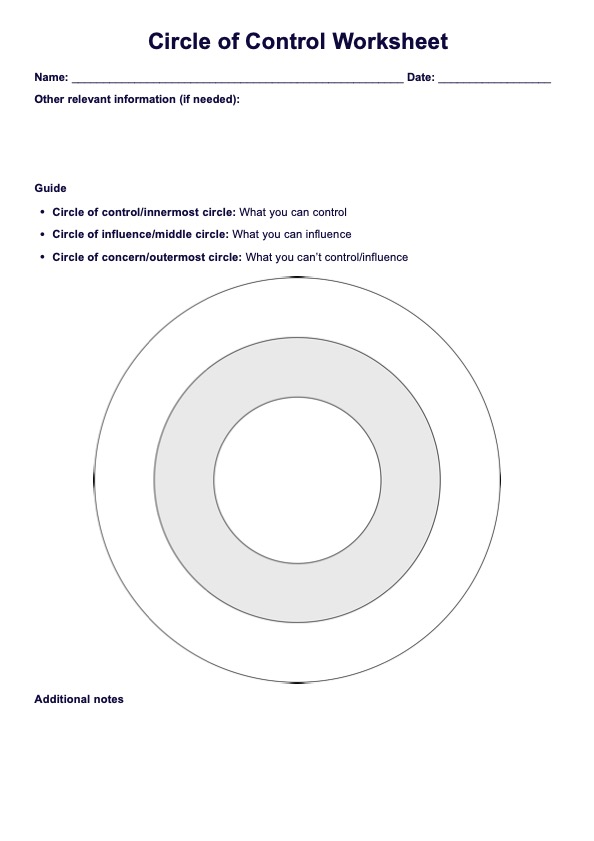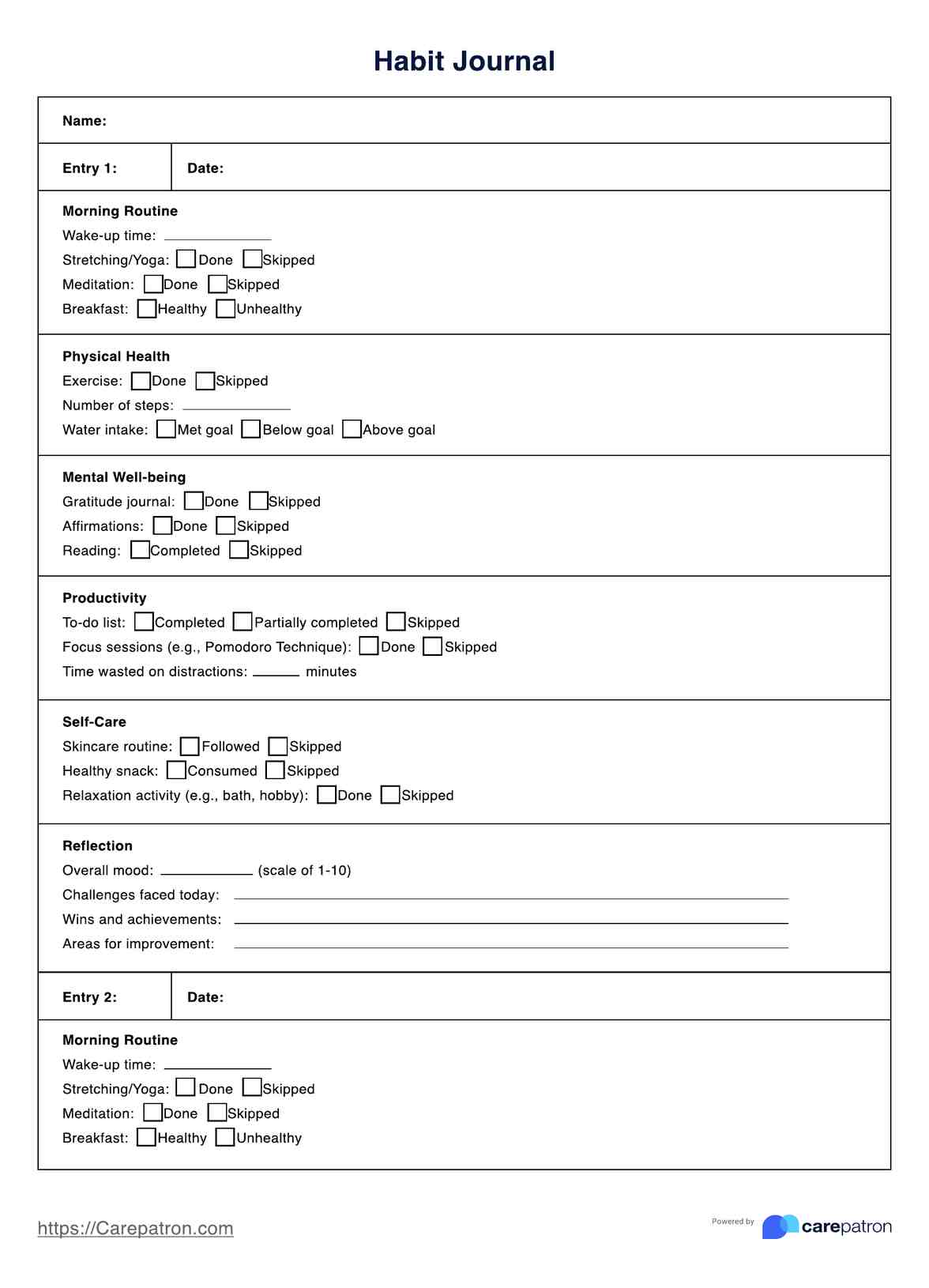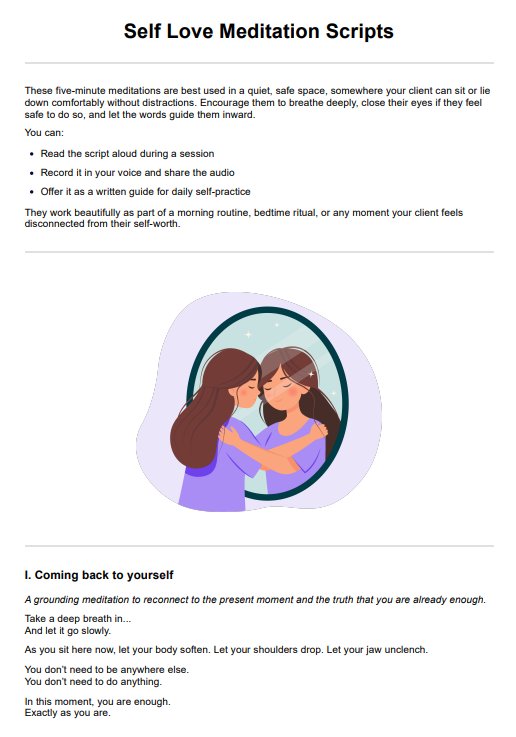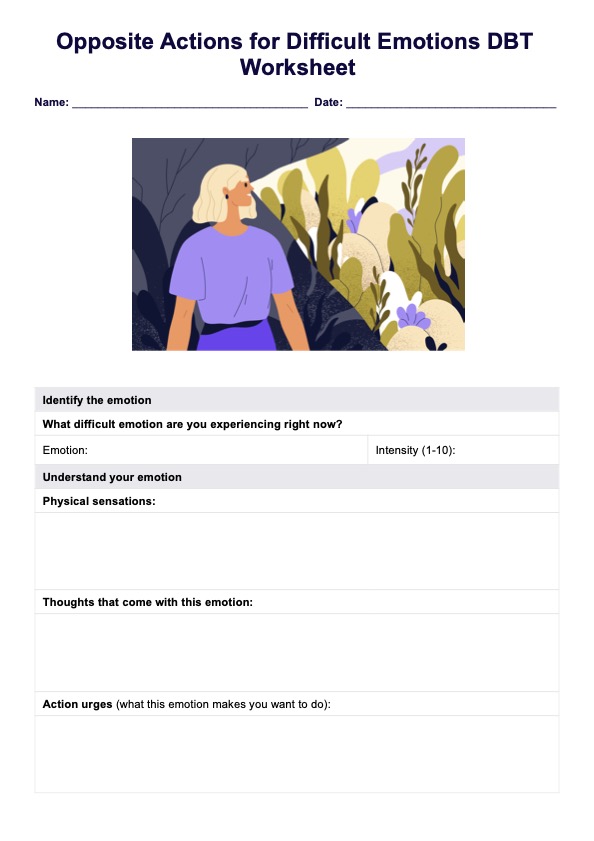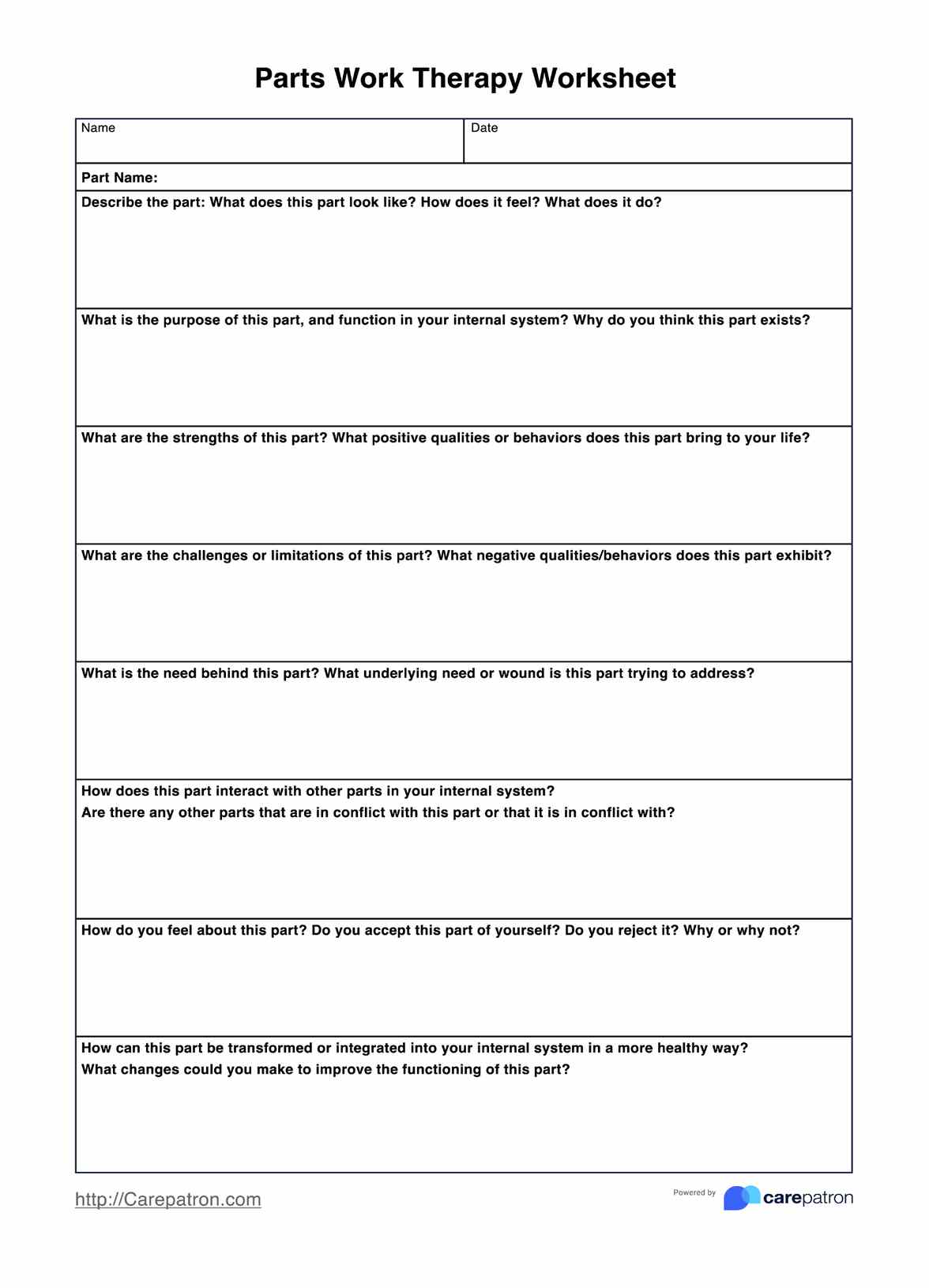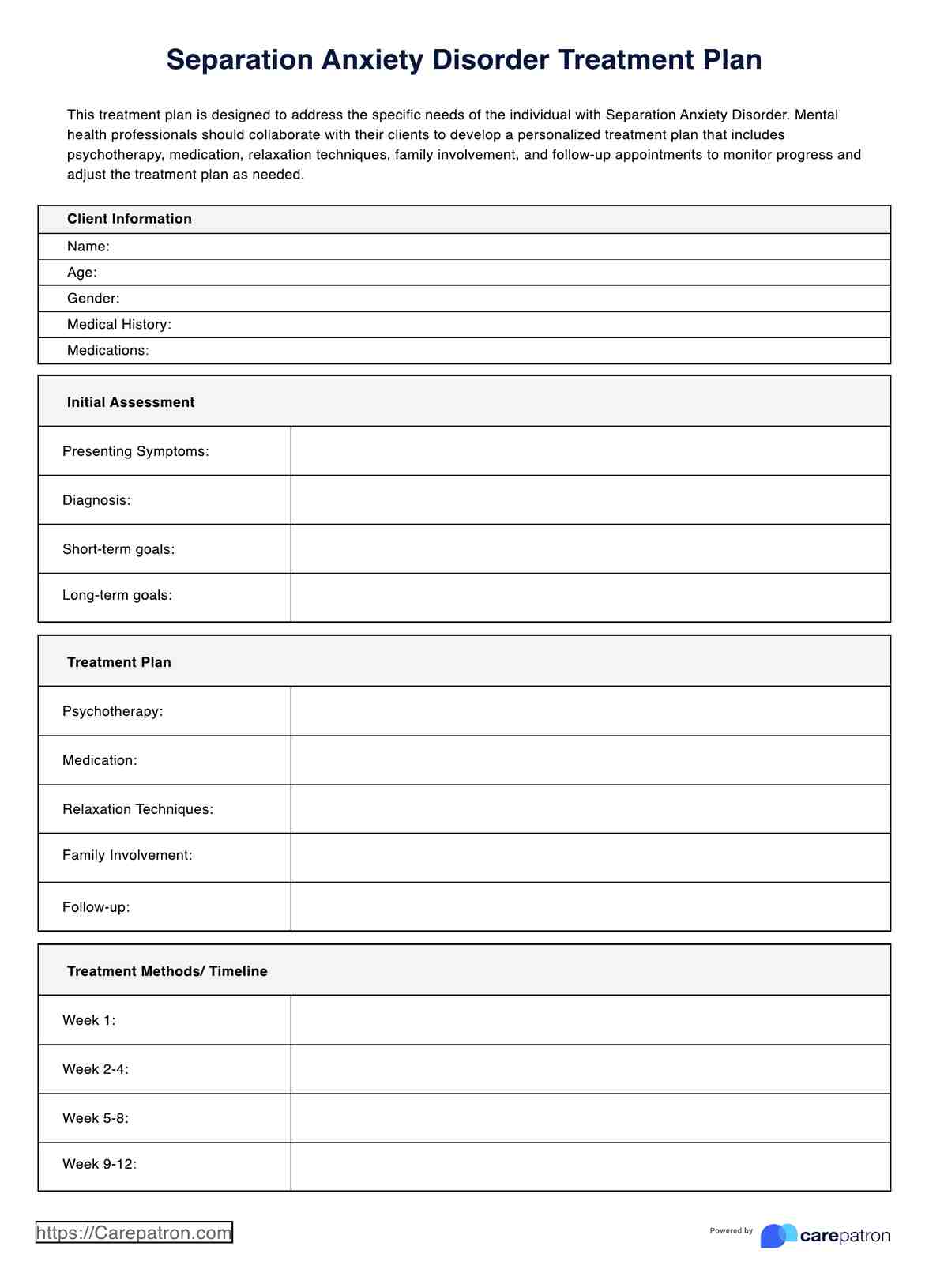Graded Exposure Worksheet
Explore the Graded Exposure Worksheet, a crucial tool in helping patients manage their fears related to anxiety disorders, phobias, and PTSD.


What is Exposure Therapy?
People avoid an object, activity, or situation when they fear something. Although this avoidance might help reduce feelings of fear in the short term, over the long term it can make the fear even worse. In such situations, exposure therapy can be highly beneficial.
Exposure therapy is a psychological treatment that helps individuals confront their fears. This therapeutic approach involves exposing the patient to the anxiety source or its context without the intention to cause any danger. Doing so can help lessen the overwhelming feelings of fear. The exposure to the feared elements can be performed in various ways, such as through imagination, virtually using virtual reality, or real life.
Exposure therapy has been found effective in treating various anxiety disorders. Repeated exposure to the feared situation, either in the imagination or reality, helps reduce fear and decrease avoidance. This therapy is often used with relaxation exercises and/or imagery.
In online therapy platforms like Carepatron, exposure therapy can be effectively administered. Therapists can easily manage and conduct exposure therapy sessions with features like appointment scheduling, clinical documents, online therapy payments, and more. The platform is trusted by over 10,000 therapists, making it a reliable tool for therapists and patients.
Remember exposure therapy should be guided by a trained healthcare professional to ensure it is safe and beneficial for the patient.
Graded Exposure Worksheet Template
Graded Exposure Worksheet Example
How to use this Graded Exposure Worksheet?
Graded Exposure Worksheets are invaluable tools for practitioners in the mental health field, aiding in the structured, step-by-step facilitation of exposure therapy for clients. Here's how you, as a practitioner, can utilize this printable Graded Exposure Worksheet with your clients:
Step 1: Identify the Client's Fear
Begin by working with your client to pinpoint the specific fear or anxiety they want to address. This could range from a simple phobia to a more complex anxiety disorder. Document this fear in detail on the worksheet.
Step 2: Develop a Fear Ladder
Next, collaborate with your client to construct a 'fear ladder'. This involves breaking down the identified fear into incremental, manageable steps, starting from the least anxiety-inducing scenario and culminating at the most frightening one.
Step 3: Assign Fear Ratings
For each step on the fear ladder, have your client assign a 'fear rating' on a scale of 0-10, where 0 represents no fear at all, and 10 indicates the most intense fear imaginable. This exercise provides a visual representation of the progression of their fear.
Step 4: Facilitate Gradual Exposure
Start the exposure process at the lowest rung of the fear ladder. Have your client interact with this fear until their fear rating decreases by half or more. Once comfortable with this level, guide them to the next step. Continue this iterative process until you've navigated through each rung on the ladder.
Step 5: Reflect and Adapt
After each exposure therapy session, reflect with your client on their experience. Discuss any changes in their fear response and how they managed their anxiety. If a certain step proves too challenging, revisiting previous steps before progressing is fine.
When would you use this Graded Exposure Worksheet?
The Graded Exposure Worksheet is a practical tool used by healthcare professionals to guide individuals through confronting and managing their fears. Particularly beneficial for those dealing with anxiety disorders, phobias, and PTSD, this worksheet can be a game-changer in the therapeutic journey. Here are various instances when and why it's most advantageous to use this resource:
1. Treating Anxiety Disorders
The Graded Exposure Worksheet template is incredibly valuable when treating clients with anxiety disorders. It provides a structured approach to help individuals gradually confront and manage their anxieties, making it a go-to resource for psychologists and therapists.
2. Addressing Phobias
Phobias can be debilitating, but the Graded Exposure Worksheet offers an effective way to combat them. By laying out a fear ladder and systematically working through each step, clients can progressively diminish the power their phobia has over them.
3. Assisting with PTSD
Post-traumatic stress disorder often involves intense fear responses that can be overwhelming. The Graded Exposure Worksheet can help clients navigate these fears, providing a roadmap to face and conquer triggers related to their trauma gradually.
4. Enhancing Therapeutic Relationships
The best time to introduce the Graded Exposure Worksheet is after establishing a solid therapeutic relationship. Using the worksheet aids in building trust, as it demonstrates the practitioner's commitment to working alongside the client in their journey.
5. Developing Coping Strategies
Before using the worksheet, clients must have some basic coping strategies. Exposure therapy can bring intense emotions to the surface, and methods to manage these feelings are essential.
6. Personalization of Therapy
One of the standout benefits of the Graded Exposure Worksheet template is its adaptability. Each worksheet can be tailored to suit an individual's unique fears and anxieties, enhancing the therapy's effectiveness.
What are the benefits of using this Graded Exposure Worksheet?
1. Systematic Desensitization
The free Graded Exposure Worksheet helps in systematic desensitization, where the patient is gradually exposed to the fear-inducing object or situation in a controlled and safe environment. This step-by-step approach can reduce the fear response over time and assist individuals in managing their anxiety more effectively.
2. Personalized Treatment Plan
One of the significant benefits of utilizing the Graded Exposure Worksheet is its flexibility and adaptability. It allows healthcare professionals to tailor the treatment plan to each individual's fears and anxieties, making the therapy more personal and effective.
3. Enhances Self-Efficacy
The worksheet also enhances self-efficacy by empowering individuals to face their fears. As they progress through the worksheet and confront their fears, they build confidence in their ability to manage their anxiety, which can lead to improved mental health outcomes.
4. Facilitates Therapeutic Relationship
The Graded Exposure Worksheet can strengthen the therapeutic relationship between the healthcare professional and the client. It is a collaborative tool that both parties can work on, fostering trust and mutual understanding.
5. Accessible and Easy-to-Use
Finally, the free Graded Exposure Worksheet is easily accessible and straightforward. Its user-friendly design makes it an excellent tool for individuals seeking to understand and navigate the process of exposure therapy.
Commonly asked questions
The Graded Exposure Worksheet is used to treat anxiety disorders, phobias, and PTSD. It provides a step-by-step approach for individuals to systematically face and manage fears, enabling them to build confidence and resilience over time.
The Graded Exposure Worksheet, used under professional guidance, is a key part of therapy plans once clients are ready to face fears in a controlled, gradual way.
Healthcare professionals like psychologists and therapists use the Graded Exposure Worksheet with individuals battling anxiety disorders, phobias, and PTSD. While beneficial, it's part of a broader therapy process, not a standalone treatment.


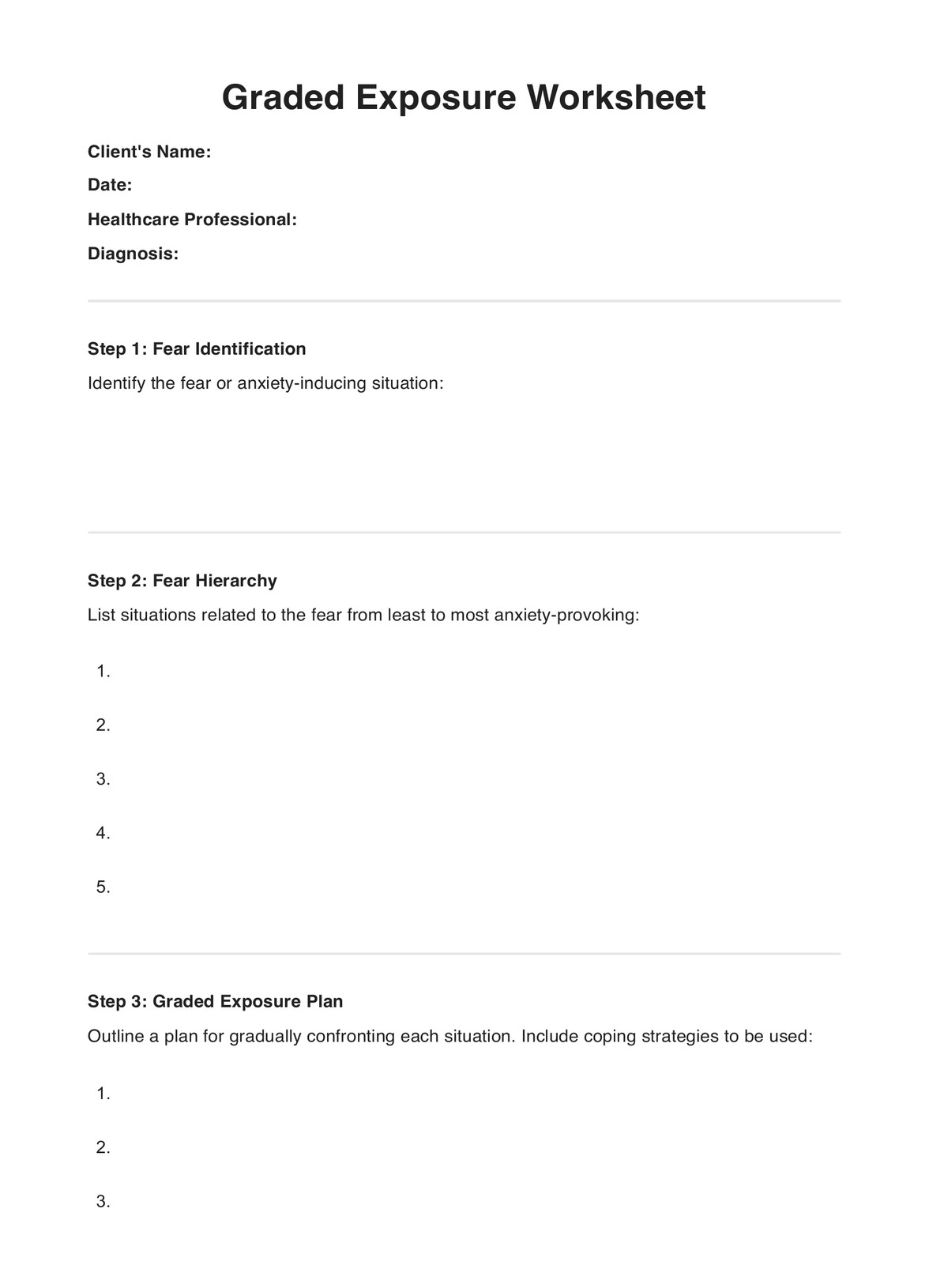
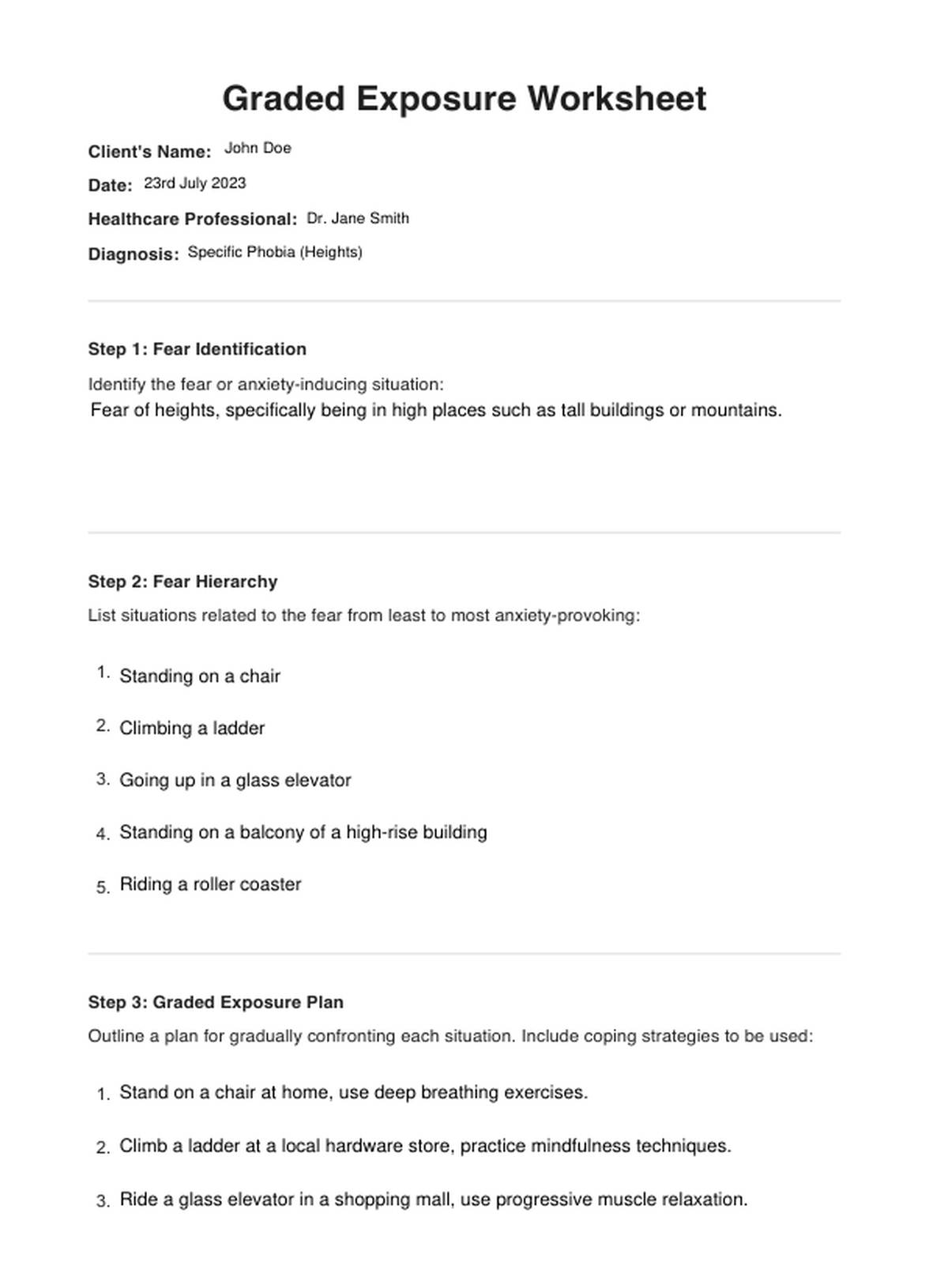














-template.jpg)






















































































